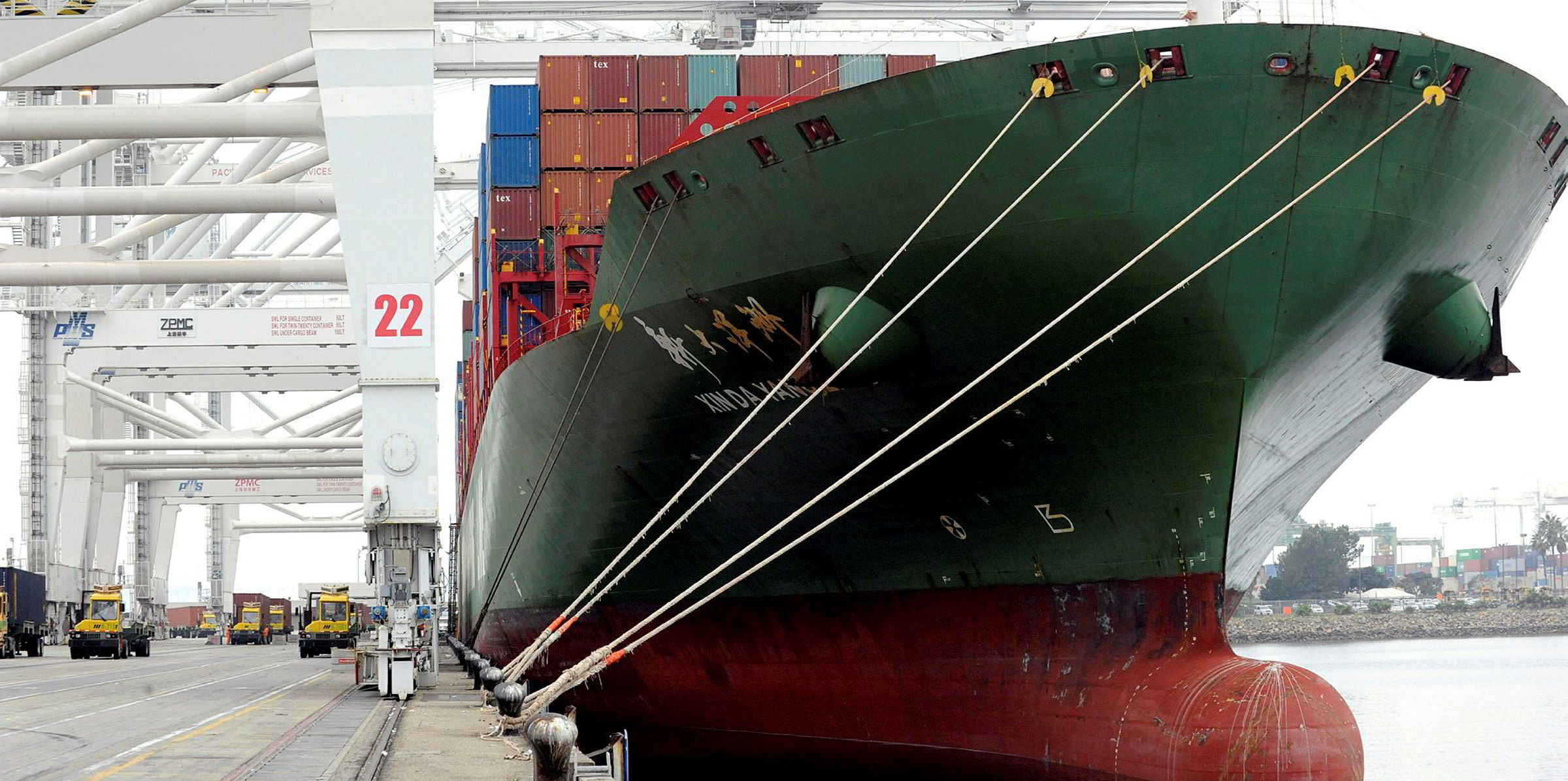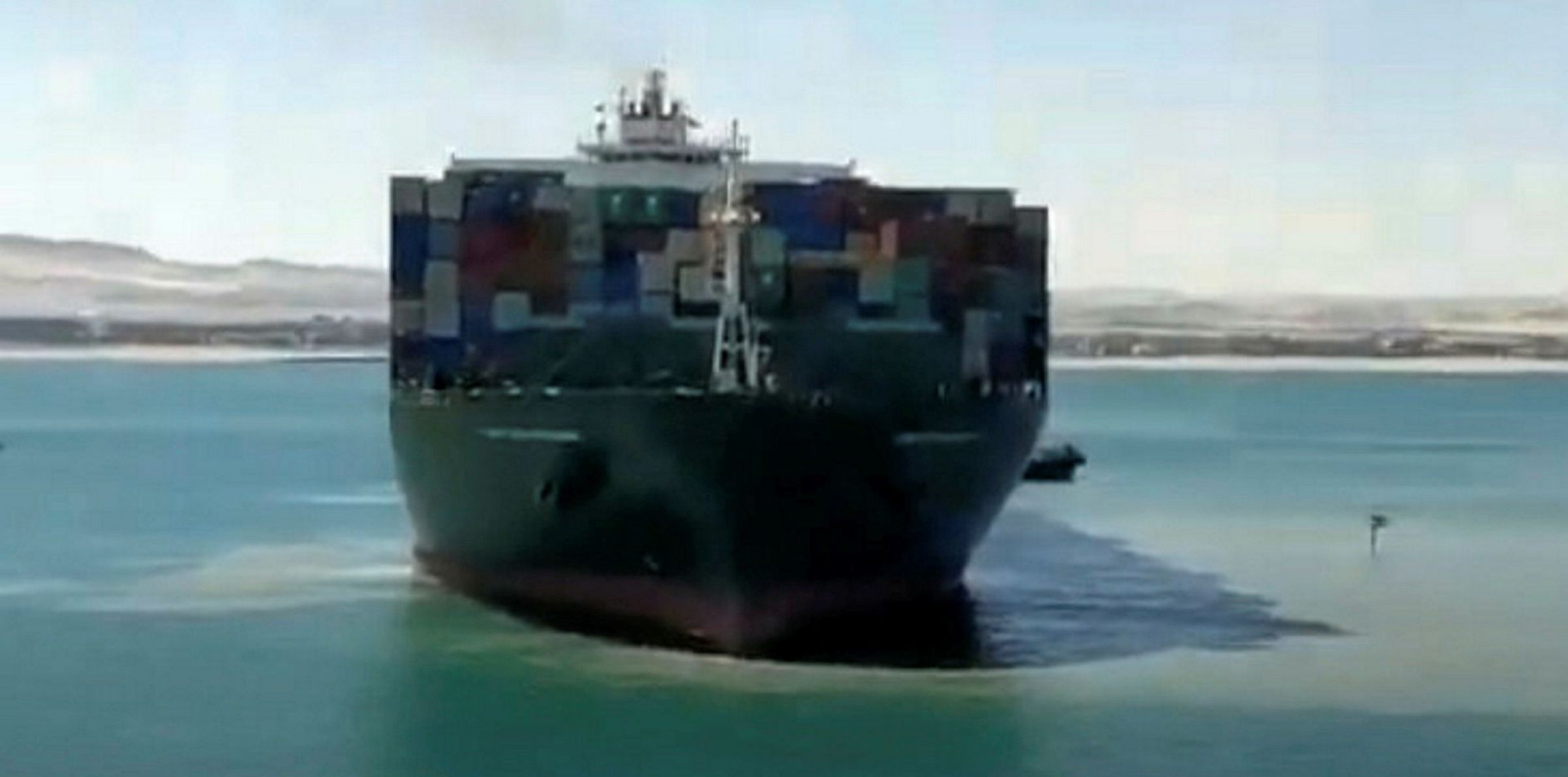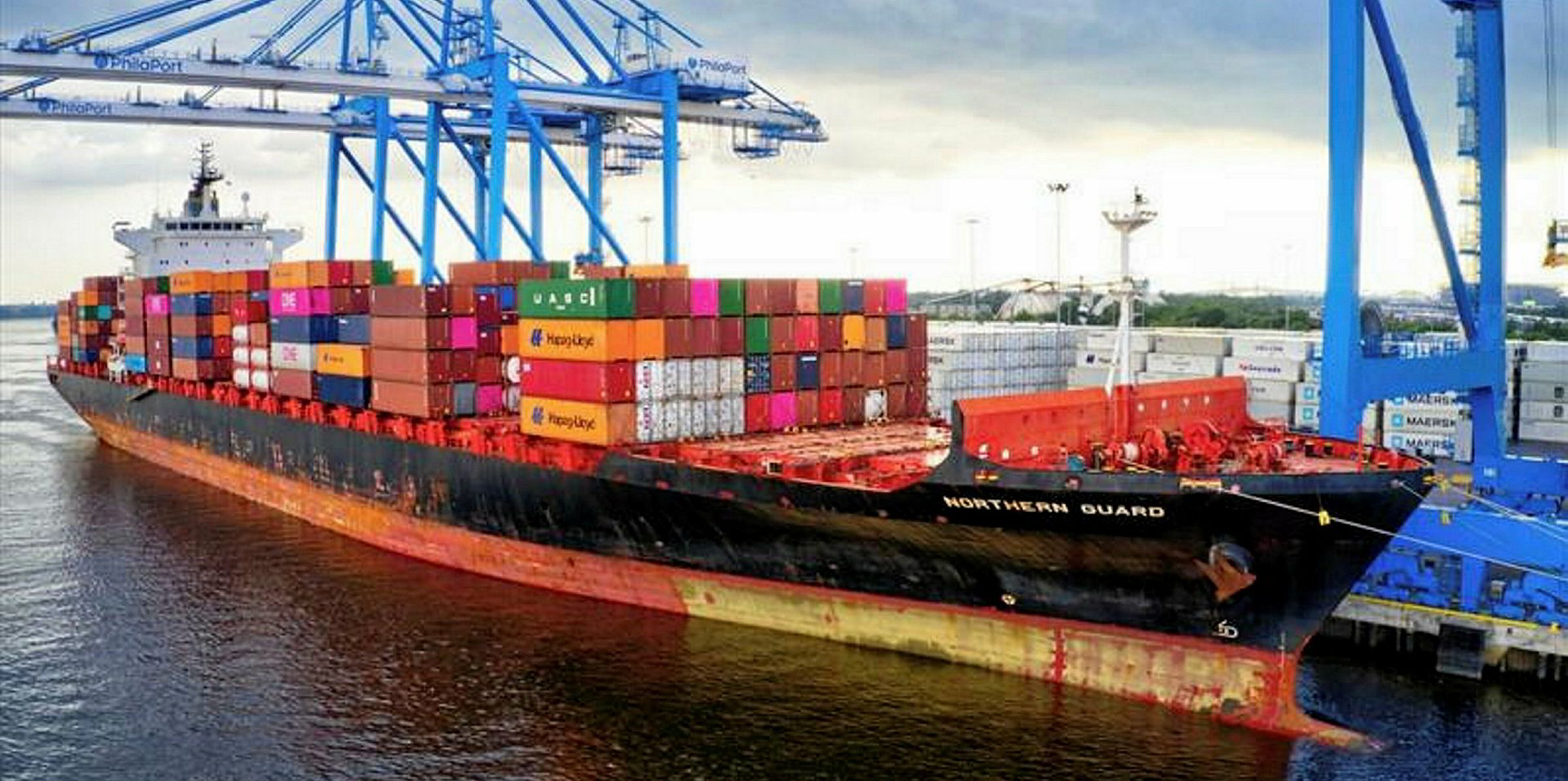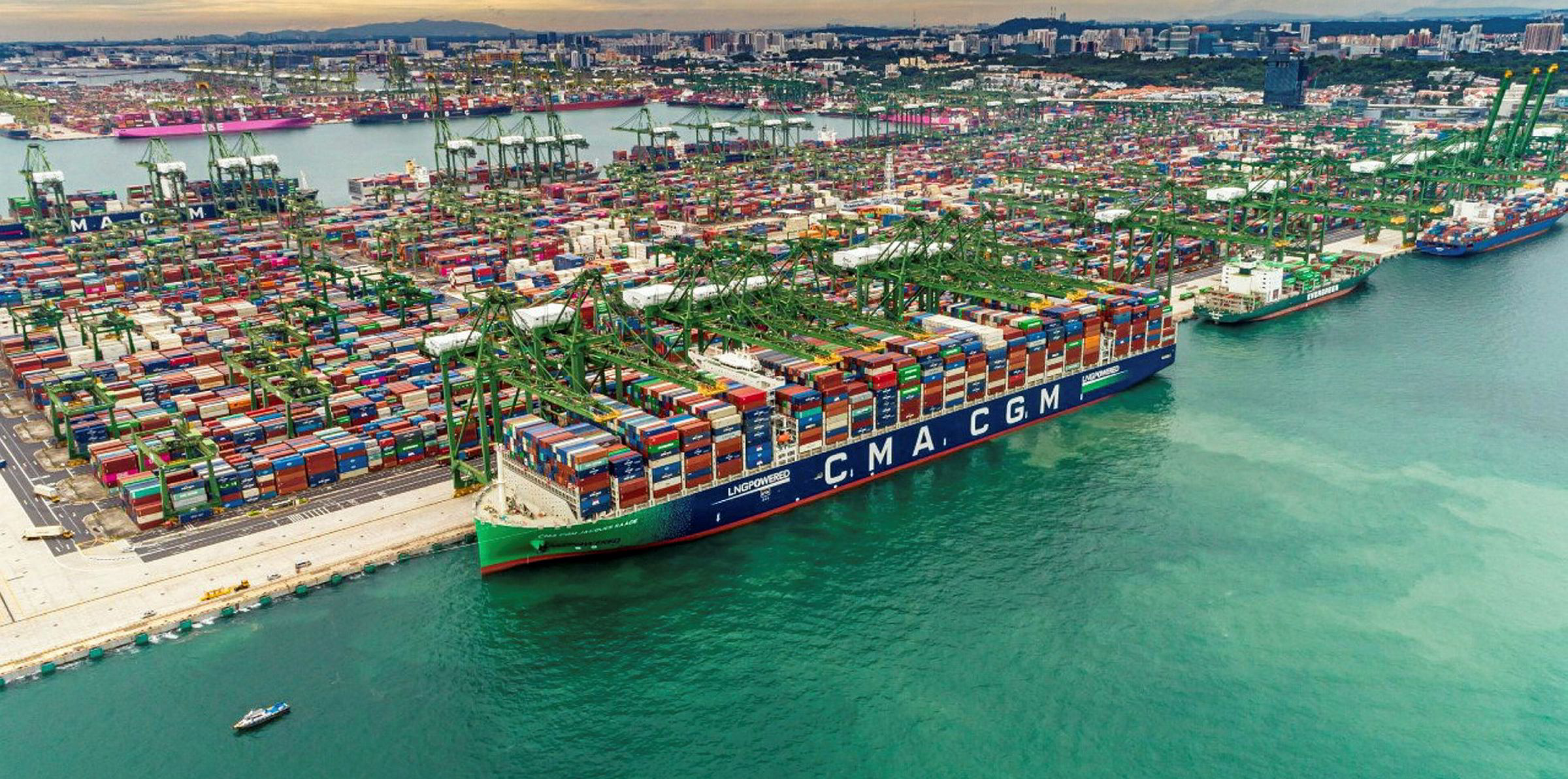Analysts continue to point to positives for boxship owners as long-term rates rise and faster steaming speeds underline a stirring recovery for the sector.
After faltering at the start of the Covid-19 pandemic in February, China-to-US boxship trades have bounced back strongly.
Journeys on the route now total more than 500 so far in 2020, 10% more than a year ago, according to Charlotte Cook, AIS and trade manager at valuation and analysis platform VesselsValue.
The majority of these journeys were into US west coast ports, such as Long Beach and Los Angeles, starting in container hubs such as Yantian, Ningbo and Shanghai.
By early September, daily cargo miles reached 160m teu-nautical miles per day, compared to summer 2019 when they stabilised at around 100m teu-nautical miles per day.
Cook said: "Countries globally are having to learn to adapt to everyday lifestyle changes because of Covid-19 and as a result, online shopping demand is also growing."
She views the US as no exception, as consumers have been avoiding shops and spending online instead, benefitting the container industry and contributing towards improvements in cargo miles.
Long-term gains

Shipowner organisation Bimco believes that longer-term boxship freight rates have now risen, following spikes for short-term deals.
"Particularly long-term freight rates between the Far East and the US have jumped, copying the development in short-term contracts which have seen the increase in freight rates to the US (both coasts) outpacing the rise in spot rates to Europe," said chief shipping analyst Peter Sand.
"As many more containers are shipped on long-term contracts compared with short-term ones, the long-term contracts are key to carriers' profitability."
Bimco assessed long-term rates into the US west coast at $2,052 per feu at the start of October, up from $1,496 at the end of September, a 37% rise.
They dropped back to $2,014 per feu last week, which is still 44.1% higher than the rate at the same point in 2019, which was $1,398 per feu.
Numbers between Asia and the US east coast saw an even bigger rise, jumping $721 per feu from $2,412 at the start of this month.
"Once again, long-term rates have since declined, but at $3,207 per feu, they are still 25.7% higher than on the corresponding day in 2019," Sand said.
The number of inactive boxships hit two notable peaks this year, VesselsValue said.
The first was in February, as expected. But the total was even bigger at the start of June, with about 350 ships unemployed, although this figure has fallen and is on a par with 2019 now.
Looking strong
"Charter rates across the container sector as a whole are looking strong, seen to now be reaching close to pre Covid-19 levels," Cook said.
"Rates have been improving since July this year, with some container types such as panamax already surpassing rates seen this time last year, reaching over $11,500 at the start of September."
Cook warned, however, that there is the possibility that these rates could change after the usual summer rates peak, and if Covid-19 cases rise into the colder, European winter months.
The analyst said that looking at average vessel speeds can be another useful indicator of demand, as deceases suggest slow steaming, port delays and a weakening in demand.
Panamax and post-panamaxes were steaming more slowly in February this year, dropping by nearly 5% between January and March for new panamaxes.
Operational delays and a record number of blank sailings in the container sector were contributing factors to these speed decreases.
Speeding up
However, since May, speeds overall have been increasing and showing no signs of slowing down, suggesting that bookings are rising and demand for vessels has improved.
"Both cargo miles and cargo capacity have increased on the route since May, which correlates with when speeds began to pick up again," Cook said.
"Increases in speed across all container types is a very positive sign, as it suggests that containerships are becoming more active."
Newbuilding orders are also currently at all-time lows, with new contracts down about 60% so far this year compared to the same point in 2019.
"However, the China-to-US route still has the potential for volatility going forward, possibly threatened by wider geopolitical trade tensions between the two countries and the uncertainty regarding the Covid-19 situation," Cook said.









